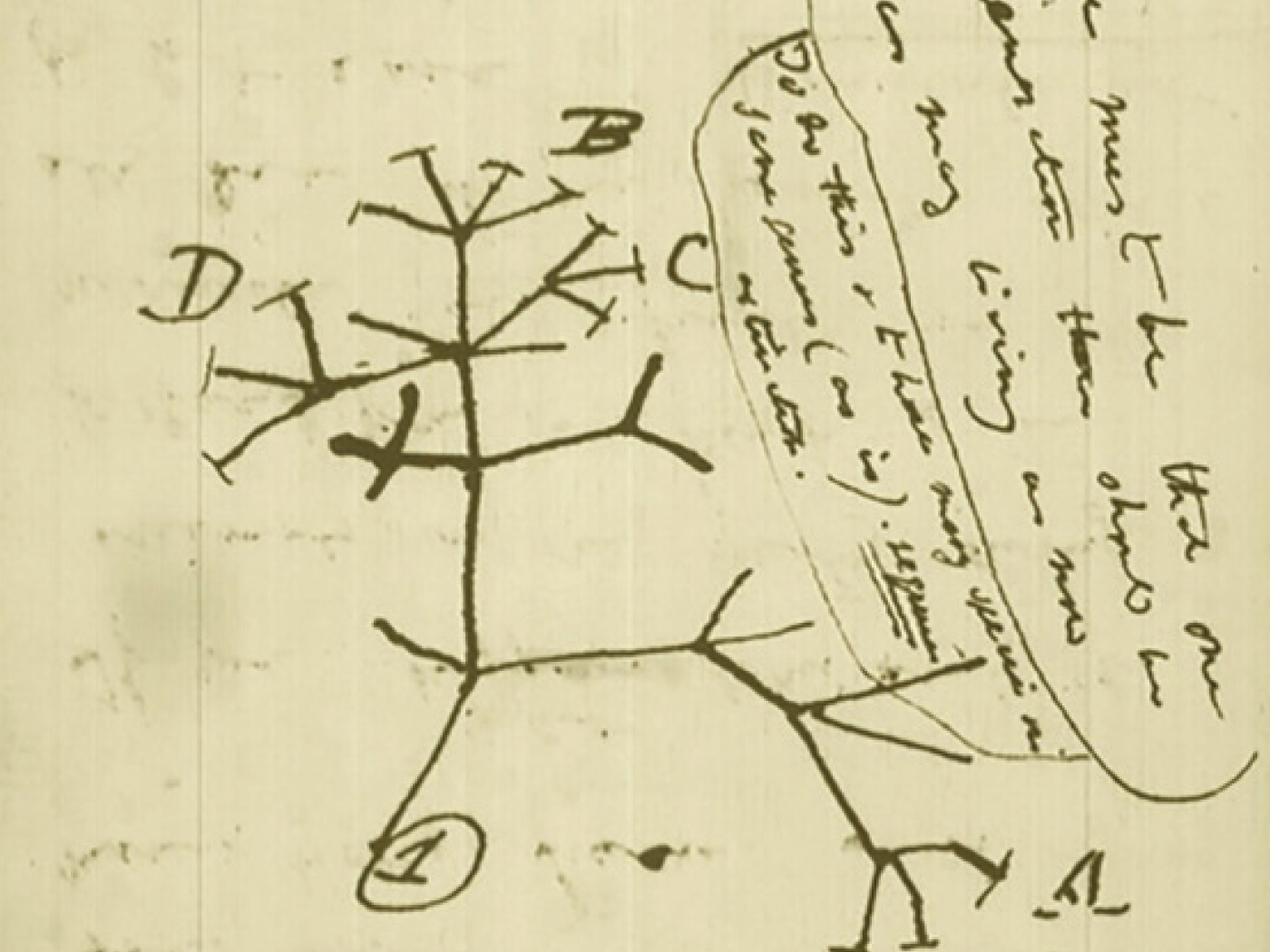Skin is the largest organ of your body. It helps maintain a person’s or animal’s homeostasis (a relatively stable equilibrium), insulation, and sensory functions. As such, it is very complex. Creation scientists predict that wherever skin is found in the fossil record, it would be 100% skin, unique and functional to that animal group.
Recently, a tiny piece of amniote, or terrestrial vertebrate, epidermal skin was discovered in an infilled cave system at Richards Spur, Oklahoma.
This is the first record of a skin-cast fossil...from the Paleozoic Era and the earliest known occurrence of epidermal integumentary structures. We also report on several compression fossils (carbonized skin impressions), all demonstrating similar external morphologies to extant [living] crocodiles.1
The first author of the Current Biology paper,1 Ethan Mooney, said, “Animals would have fallen into this cave system during the early Permian and been buried in very fine clay sediments that delayed the decay process.”2 Creationists, on the other hand, maintain these animals were killed and buried in fine clay sediments laid down by the Flood about 4,500 years ago.
Was this discovery evolutionarily significant? No. It was 100% skin even though it was dated to 286–289 millions of years ago. In fact, according to Cell Press, the skin was similar to that of reptiles today: “The skin shares features with ancient and extant reptiles, including a pebbled surface similar to crocodile skin, and hinged regions between epidermal scales that resemble skin structures in snakes and worm lizards.”2
Evolutionists writing in the recent issue of Current Biology could only make theories regarding skin and scale origin.
The presence of skin is probably the ancestral integumentary condition among tetrapods, while external dermal scale covers are suggested to have originated even earlier among stem tetrapods, both being present prior to and within crown [most recent common ancestor of at least two living groups] tetrapods.1 [emphasis added]
Aside from the lack of evidence for the evolution of skin and scales, could this skin sample be preserved for these supposed millions of years? It is extremely doubtful, especially given the unconvincing reasons listed in the Cell Press article.
Skin and other soft tissues are rarely fossilized, but the researchers think that skin preservation was possible in this case because of the cave system’s unique features, which included fine clay sediments that slowed decomposition, oil seepage, and a cave environment that was likely an oxygenless environment.2
Oil (a hydrocarbon) leaking in this cave system would very likely have been broken down by microorganisms, making it a poor preservative.3 In their 2011 paper on microbial degradation, Das and Chandran state, “Hydrocarbons in the environment are biodegraded primarily by bacteria, yeast, and fungi.”4 Their paper also discusses degrading hydrocarbons in various ecosystems.
Many indigenous microorganisms in water and soil are capable of degrading hydrocarbon contaminants. This paper presents an updated overview of petroleum hydrocarbon degradation by microorganisms under different ecosystems.4
There are many kinds of bacteria that dine on hydrocarbons, and there would be plenty of time, evolutionarily speaking, for them to break down the oil in the cave system at Richards Spur. Bacteria reproduce asexually by binary fission, so a single oil-eating bacterium is all it would take if it were to find itself in this cave system via seepage, percolation, a tiny fissure, or “successive fluctuations in groundwater levels.”1 The bacterium would rapidly produce a population that could devour the oil-seep hydrocarbons present. There’s an excellent chance there would be no oil available for tissue preservation.5
Additionally, the earth’s surface is quite dynamic. Much would happen geologically and meteorologically everywhere during that extended time in terms of erosion, earthquakes, and tectonic activity. Can the scientists be sure this infilled cave remained sealed and maintained an anoxic condition1 for all those alleged millions of years? If atmospheric air entered the cave system, the tissue would oxidize after several million years or less.
This amniote epidermal skin sample is 100% skin, unique and functional to amniotes that have been amniotes since the beginning of creation.
References
-
Mooney, E. et al. 2024. Paleozoic cave system preserves oldest-known evidence of amniote skin. Current Biology. DOI: https://doi.org/10.1016/j.cub.2023.12.00
8. - Oldest known fossilized skin is 21 million years older than previous examples. Cell Press. Posted on sciencedaily.com January 11, 2024.
- Clarey, T. New Reservoir of Life Eats Oil. Creation Science Update. Posted on ICR.org January 10, 2019.
- Das, N. and P. Chandran. 2011. Microbial Degradation of Petroleum Hydrocarbon Contaminants: An Overview. Biotechnology Research International. DOI: 10.4061/2011/941810.
- Clarey, T. 2014. Rapidly Forming Oil Supports Flood Time Frame. Acts & Facts. 43 (3): 14–15.
Stage image: Sauropod dinosaur skin impression (replica) from the Jurassic of Utah, USA.
Stage image credit: Copyright © James St. John, 2012. Used in accordance with federal copyright (fair use doctrine) law. Usage by ICR does not imply endorsement of copyright holder.
* Dr. Sherwin is science news writer at the Institute for Creation Research. He earned an M.A. in zoology from the University of Northern Colorado and received an Honorary Doctorate of Science from Pensacola Christian College.















